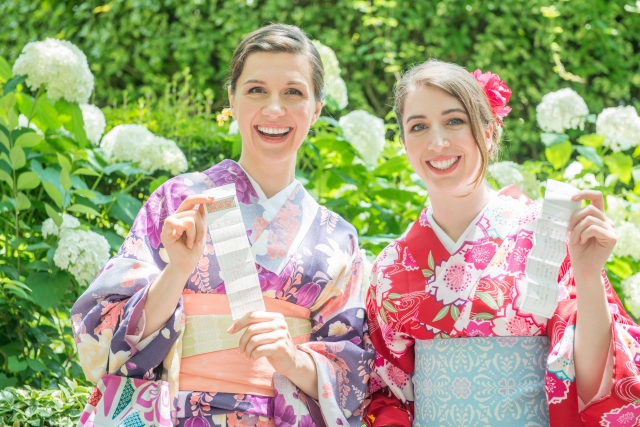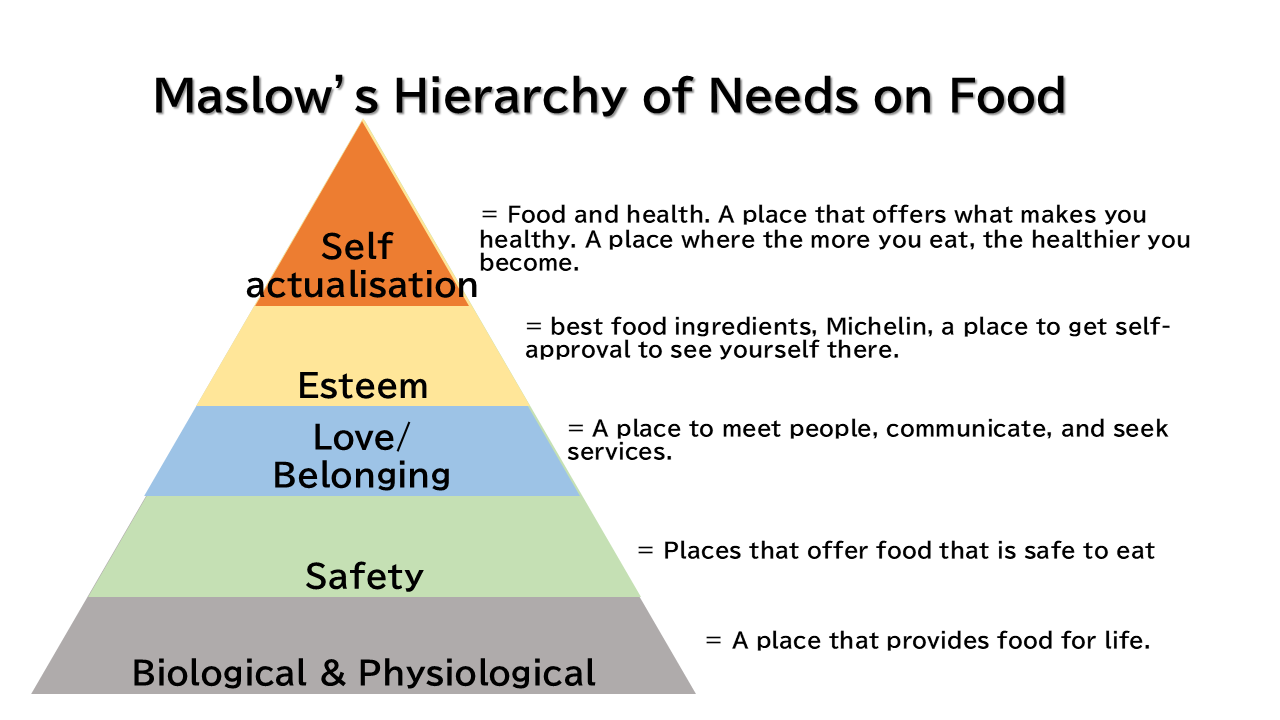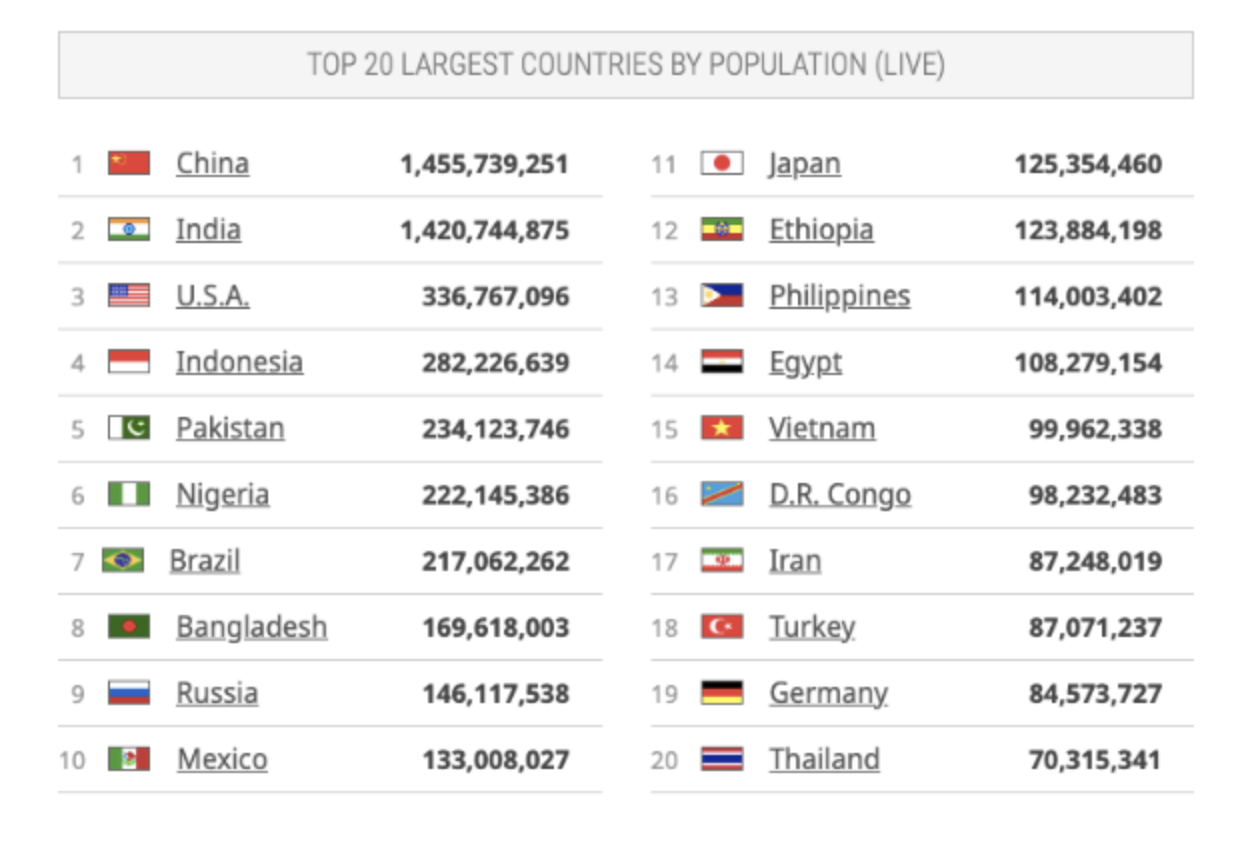Opening the country from isolation!

Tourism, Health, Environment
It may sound tongue-in-cheek, but these are the growth areas we see for the next five years.
In this case, tourism.
After Corona, the flow of people around the world is booming. Japanese, young and old, are travelling all over Japan. Thanks in part to government subsidies for travel, Shinkansen stations and airports are crowded on weekends. (I don't think we need the travel subsidy anymore, but the government has extended it until November 2023. Is the Japanese government OK with that?)
) What's even more impressive is the inbound traffic. (I don't think we need travel support anymore, but they extended it until November 2023, right? Chinese group travel has not returned yet, but Western, Asian, and non-Chinese tourists are returning even more than before the Corona.
If Japan today is the same as when it opened its doors to the outside world, what are the markets that grew after the opening of Japan to the outside world with the arrival of Perry? Trade and logistics!
Now, trade has stopped due to the Corona disaster. There was a time when the world's ports were flooded with empty containers, and Japan could not defend itself because there were no containers. What about now? Trade and logistics are coming back little by little. China is in control.
By land and by sea. Japan used to be a major seaborne trading nation. Kobe and Yokohama ports. Now there is not a shadow of what it used to be.
Source: https://honkawa2.sakura.ne.jp/6680.html
Inbound
Goods no longer pass through Japan. The geographically and cost-effectively attractive market has taken over the market.
What about people?
Source: https://www.globalnote.jp/post-3608.html
Corona ranked 12th in FY 2019 before Corona, while No. 1 France, with 89 million people, has more tourists than its own population. I was in Paris for two weeks in March and it was completely over-tourism. In the case of France, the city itself is a museum, so there is a concentration of tourists in Paris.
The city-by-city forecast for 2022 is as follows.
Things are moved by people, but people are moved by themselves. It is important for Japan to have the attractiveness to move people.
Thankfully, thanks to the efforts of its predecessors, Japan has long been rich in tourism resources. Shrines, temples, snow, food, hot springs, resorts, cleanliness of cities, etc.
Could we see another Corona-like situation? Of course, that possibility will not disappear. But I don't think that human-moving "travel" will ever disappear in the future.
No matter how much IT, virtual technology, AI, and Apple's Apple Vision Pro advance.
The realism, atmosphere, and smell of a trip can only be felt by going there.
As usual, Japan was the last country to open its doors to the world. It would be gratifying if the whole world wanted to visit Japan. While the weak yen has naturally had a positive effect, we have taken a deeper look at the situation in 2022 as a result of Japan's opening to the rest of the world.
Inbound Consumption Activity
What is very different from before Corona is the spending activity of inbound visitors and their spending environment. Before Corona, when there were many Chinese tourists in groups, shopping was the top spending item, but now it is lodging.
→(According to our own research.
Think about it. Why don't you go on a trip after making a reservation for lodging? When I was young, backpacking around the world without internet or cell phones, I lived in a hotel for the day, because I couldn't make reservations. I stayed in YH (youth hostels), but I could manage at that time. When I traveled around Europe in winter, I was once forced to stop at a YH that was closed during the winter.
Nowadays, it is so convenient that you can book accommodations anywhere in the world through online reservation sites. Since online reservations are settled by credit card, sales are confirmed at the time of reservation. This is not the case with restaurants. The customer comes to the restaurant, eats the meal, and only then is the sale confirmed. And it is even worse when some customers make a reservation but do not come to the restaurant.
Is there any data on the number of inbound customers?
Inbound customers from overseas. Have you ever wondered how many people are coming to Japan? That data is not available anywhere, neither in the country nor in the government.
The reason why I am interested in this is because, as a person who likes to travel around the world, I often get into trouble abroad. That is hotels.
When you check in and enter your room, there is a door at the back of the room. At first, I was like, "What is this? I was like, "What is this? A connecting room. A door that connects two rooms to become one when staying with a large group. This is a tricky one.
It is the most convenient door when staying with a large group, but it is a nuisance when staying in a hotel by yourself. Why not just leave it alone? That is not the case.
As I mentioned earlier, I was in Paris this past March for a franchise show. This was my first room at that time. A connecting room.
The trouble is that you can hear the whole noise from the room next to you, and it is very noisy. I couldn't take it any longer and had to have my room changed on the third day.
I have seen this kind of connecting room in many hotels overseas. Why? Because families of four or more often travel together and stay together.
In Japan, business hotels rarely have connecting rooms. City hotels also have only a few.
In short, there is no need for it in Japan because people rarely travel with more than four people.
So how many inbound guests do you have, as we did earlier? There is no data, so I will do our speciality: find out for myself!
This is what I found out at Haneda Airport and Kansai Airport.
Number of inbound visitors by number of persons per couple
Two-person passengers (orange) are the most common, but since Haneda is also a business airport, there are also many one-person passengers (blue). If we include the (silver) three-person passengers, each airport has about 80% of the total.
This means that 20% of the passengers are 4 or more. That means 20% are 4 or more people, right?
I wondered how these people were staying at hotels in Japan.
As I was running around Japan during the Corona disaster, I saw this kind of scene in many hotels.
People leave their door security bars out, leaving their room doors open, and going back and forth between their rooms through the old corridor. That's what you want to do when you're in Japan and you want to be with your family and friends at night, right?
You can't stay in one room, which is why you are in this situation.
So we thought, "What about a hotel that can accommodate a group of people? I wondered if there was a hotel where we could stay in a group.
Is there any hotel where four or more people can stay in one room?
There was one, MIMARU, with 2 or 3 beds and a living room plus a dining room. It is like a serviced apartment. But it is expensive.
There are three of them near our Tokyo office. When I always watch them at night when I come home, almost all the rooms are fully occupied with lights on.
What comes out is a family! You can't stay in a normal hotel because there are so many Arabs or families. How do I know they are Arabs? Of course, they are in a foreign country, Japan, and they are not wearing their traditional clothes, the tob or abaya. I like the Middle East and have many friends there, so when I see them, I can easily recognize them even if their clothes are different.
The rest are Westerners and Asians.
There are a great many people who come to Japan with their families.
Although private accommodations are not permitted in Chuo and Taito wards, Westerners, who look like tourists by all appearances, are entering neighbouring apartments. I think there are Japanese minpaku sites in each country, but not prominent sites like AirBee. There, you can find private accommodations in Chuo and Taito wards.
Japanese lodging sites in various countries, which Japanese people do not understand.
The reality is that there is such a need, but Japanese hotel facilities up until now have not been able to meet it.
I think there is a market need there.
What is a high-class private lodging?
Franchise of Konjakuso
The points are
The property should be an old detached private house or an old building, and the interior should be completely remodelled, so the older and cheaper the rent, the better.
Such a property is fine. Do you have such a property or your own property nearby? We can also handle the renovation of one floor of a hotel.
Reservations can be made through OTA (reservation sites). We will also increase the ratio of in-house reservations.
Customers book hotels online, so it is important to look good online. Unless you are a repeat customer, the interior, exterior, design, appearance and reviews online are vital.
This Konjaku-so will design rooms that incorporate the current and past history of each area into the design. If the area is used to produce sake, the design will incorporate a sake brewery; if the area has many rivers and bridges, the design will incorporate water, rivers, and bridges.
The history of the now and the past is incorporated into the design. Creating a space where you can enjoy both horizontal and vertical travel (history). Konjaku-so.
Inbound visitors are interested in hot springs and Japanese bathhouses. Then let's create a cool bathhouse, open-air bath, and rooftop. It is a market-in-design concept. It is a market-in-design concept.
This time, I wrote about one of the markets that we believe will grow in the future: tourism, health, and the environment.
Tourism, health, and the environment, which we believe will grow in the future.
If you are interested, please contact us at the following address.
Konjakuso Information
Interior, exterior, room and bath designs, before and after renovations, etc. are available here.
https://blog.assentia-hd.com/fc/konjakusou
https://fc.assentia-hd.com/ja/konjakusou
Konjaku-so
If you are interested, please contact Tsuchiya. We will be happy to explain the details.
Ascentia Holdings Representative Tsuchiya


